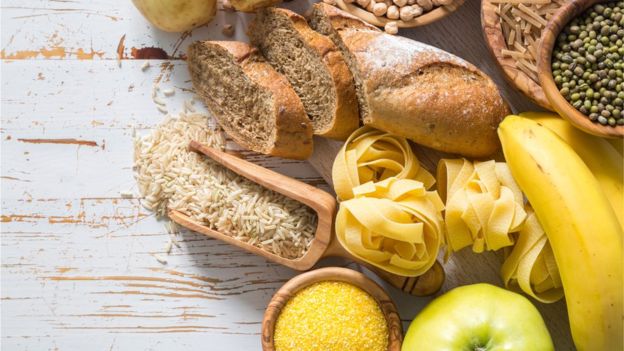The lifesaving food 90% aren’t eating enough of

If I offered you a superfood that would make you live longer, would you be interested?Naturally it reduces the chances of debilitating heart attacks and strokes as well as life-long diseases such as type-2 diabetes.And it helps keep your weight, blood pressure and cholesterol levels down.I should mention it's cheap and widely available in the supermarket.
What is it?
Fibre – it's not the sexiest thing in the world but a major study has been investigating how much fibre we really need to be eating and found there are huge health benefits."The evidence is now overwhelming and this is a game-changer that people have to start doing something about it," one of the researchers, Prof John Cummings, tells BBC News.
It's well known for stopping constipation – but its health benefits are much broader than that.
How much fibre do we need?
The researchers, at the University of Otago, in New Zealand, and the University of Dundee say people should be eating a minimum of 25g of fibre per day.
But they call this an "adequate" amount for improving health and say there are benefits for pushing past 30g (1oz).
Is that all?
Well, a banana on its own weighs about 120g but that's not pure fibre. Strip out everything else including all the natural sugars and water, and you're left with only about 3g of fibre.Most people around the world are eating less than 20g of fibre a day.And in the UK, fewer than one in 10 adults eats 30g of fibre daily.On average, women consume about 17g, and men 21g, a day.
What other foods have more fibre in them?
You find it in fruit and vegetables, some breakfast cereals, breads and pasta that use whole-grains, pulses such as beans, lentils and chickpeas, as well as nuts and seeds.
What does 30g look like?
Elaine Rush, a professor of nutrition at Auckland University of Technology, has put together this example for getting into the 25-30g camp:But she says: "It is not easy to increase fibre in the diet."Prof Cummings agrees. "It's a big change for people," he says. "It's quite a challenge."
For more: https://www.bbc.com/news/health-46827426

